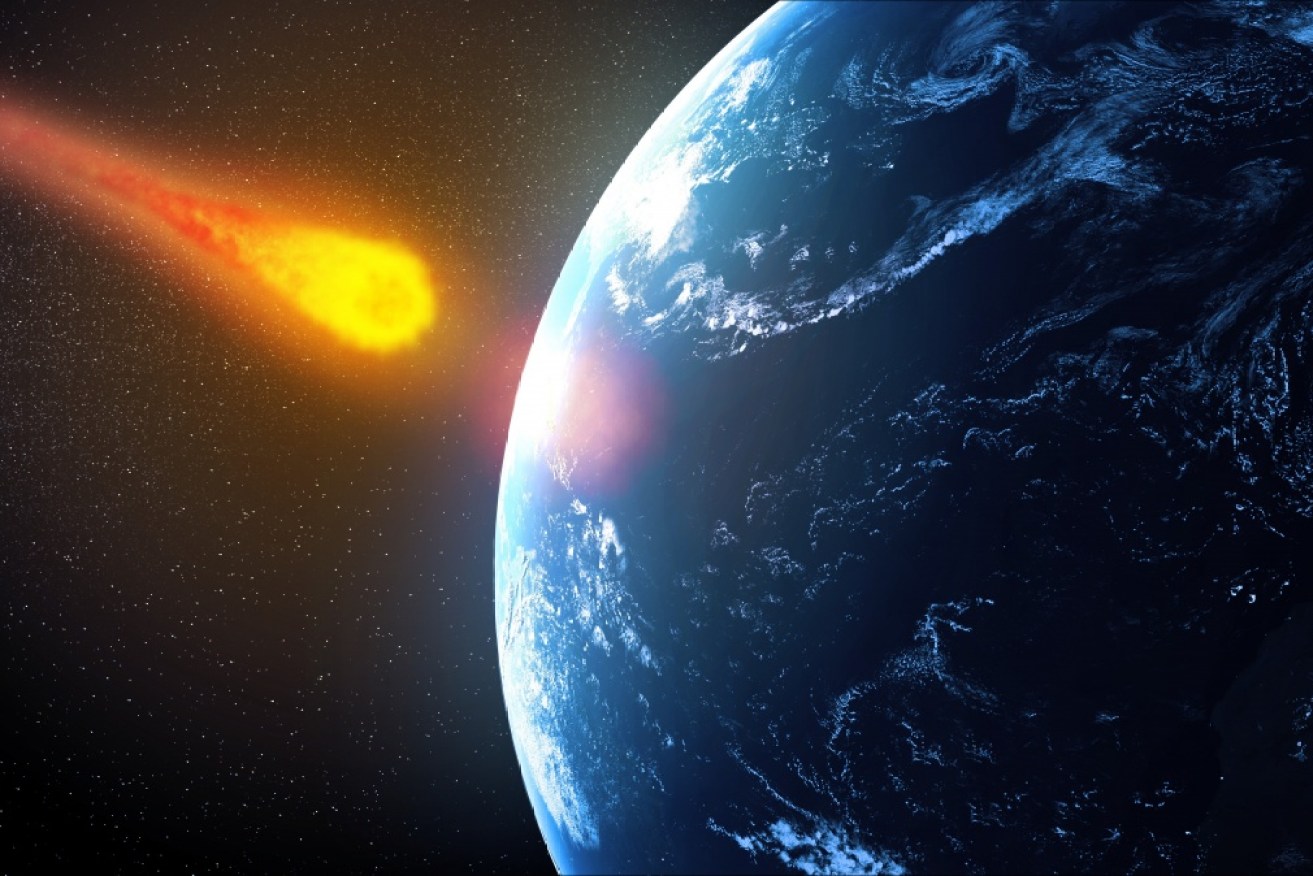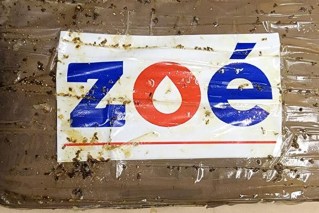Don’t be fooled by that ‘asteroid collision’ story


Asteroids are nothing to sneeze at in terms of wiping out life. But they come a poor second to greed. Photo: Getty
An Australian astronomer has hit out at the Murdoch press for publishing “appallingly” misleading reports that a gigantic asteroid may be about to strike Earth.
The Sun, a British tabloid, quoted on Friday a ‘Dr Dyomin Damir Zakharovich’ who accused NASA, the US space agency, of conspiring to cover up the space rock’s collision course.
The story was then republished in Australia by The Sun‘s sister publication, News.com.au, as well as by the website of the Sydney KIIS radio station.
The New Daily was unable to verify if ‘Dr Dyomin Damir Zakharovich’ is a real person. There is no trace online of a person by that name being employed by any university or having published any academic work.

It is unclear if ‘Dr Dyomin Damir Zakharovich’ is a real person. Photo: Getty
The story is very similar to a recent Daily Mail article, and both seem to have been rewritten from a blog post on Someones Bones, a conspiracy theory website.
The asteroid described in the story, 2016 WF9, does exist and is “relatively large”, according to NASA: measuring between 0.5 and 1 kilometres across. But the space agency says the object will miss Earth on February 25 by about 51 million kms and is “not considered a threat for the foreseeable future”. This is about 34 per cent of the distance between the Earth and the Sun.
As a comparison, the planet Venus is approximately 40 million kilometres from Earth at its closest approach (once every 584 days).
Associate Professor Jonti Horner, an astronomer at the University of Southern Queensland, denounced the “categorically wrong” reportage by the “incredibly powerful” Murdoch press.
“On one hand it’s quite funny, on the other it’s quite scary that they’ve reported something that is so categorically wrong in a manner that’s likely to make people very worried and concerned,” he told The New Daily.
“And then when it doesn’t happen, we’ll have the backlash of ‘scientists get it wrong again’ and it’ll add to the anti-science sentiment.”
The story is a variation of an urban legend that predicts a mythical planet called ‘Nibiru‘ will collide with Earth some time in the 21st century, wiping out most of humanity.
This alone made Associate Professor Horner suspicious.
“I’ve never heard of anybody who’s an actual astronomer talk about Nibiru before. It’s basically an urban myth — it’s like having a biologist coming out and talking about werewolves and the Sasquatch being real. You just wouldn’t hear it.”
The astronomer said the “appallingly bad” story frustrated him at first — until he saw who had published it.
“I was frustrated until I saw it was published in The Sun. Now, I’m a Liverpool fan, so I’ve got to put my colours on the mast on that one. But The Sun is a publication that I don’t think qualifies as journalism. The problem is, though, it has a large readership and people take what they read in the papers at face value sometimes,” he said.

Astronomer Jonti Horner says we shouldn’t be scared by the asteroid story.
“I don’t want people being scared about this because it’s nothing to be scared about.”
Associate Professor Horner said it is highly unlikely an asteroid the size of WF9 on a collision course for Earth would fail to be noticed by both the scientific and amateur astronomer communities.
“Even if this thing was coming along and was going to hit us, you would have heard more about it. No scientist in the world is going to hide a fact like that.
”Add to which, we have a whole community of amateur astronomers out there who are incredibly diligent, talented and enthusiastic. Whenever an object is found, they do follow up as well. So there’s no way even if there was a mass conspiracy of scientists that you could keep something like that quiet.
“Something a kilometre across in diameter will probably only hit the Earth every few hundred thousand years and that’s the kind of thing that would be on the borderline between a locally and a globally catastrophic event.
”We would probably find it several months beforehand if not more, and we could be very unlucky.
”But in this case, the object has been found and tracked and it’s going to miss the Earth by 32 million miles. That’s not even a close shave.”








